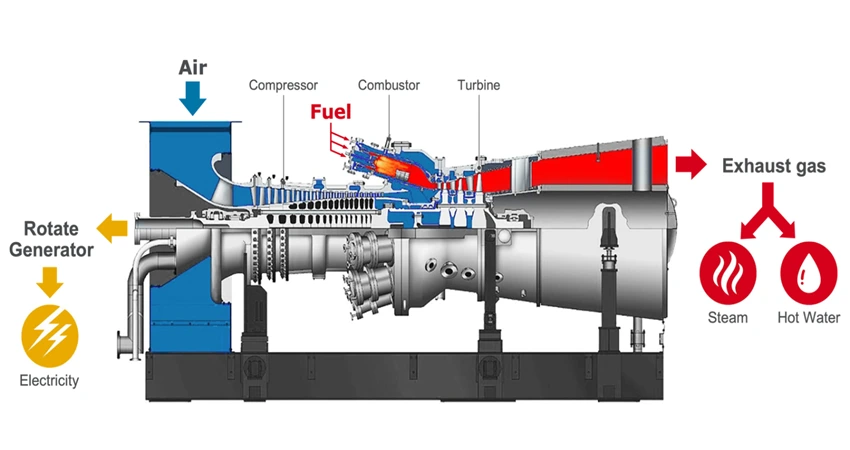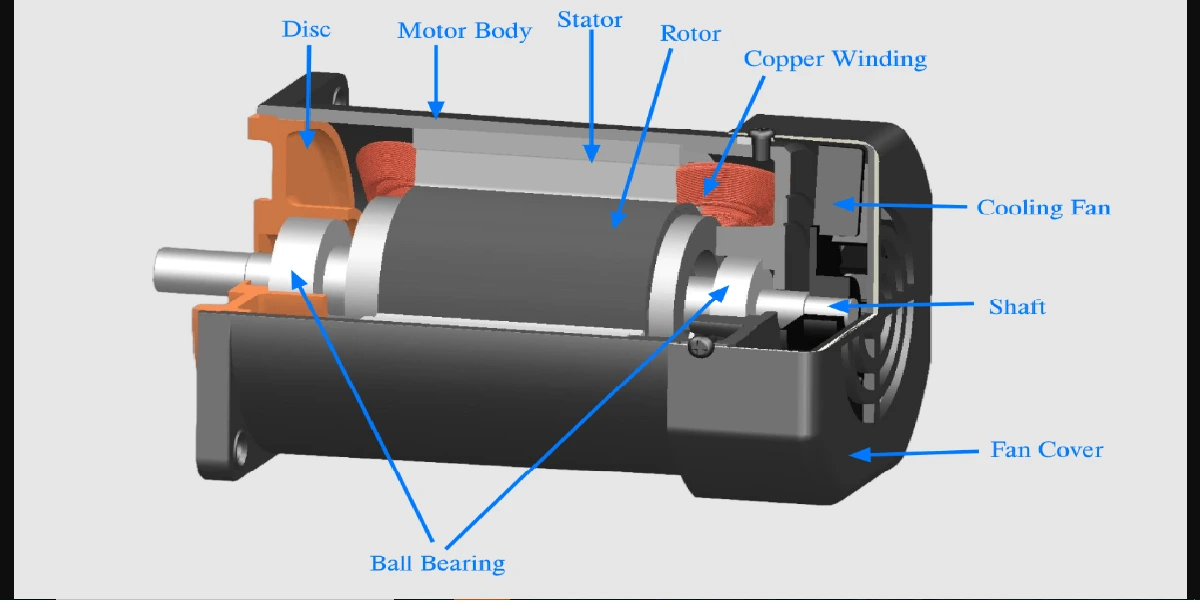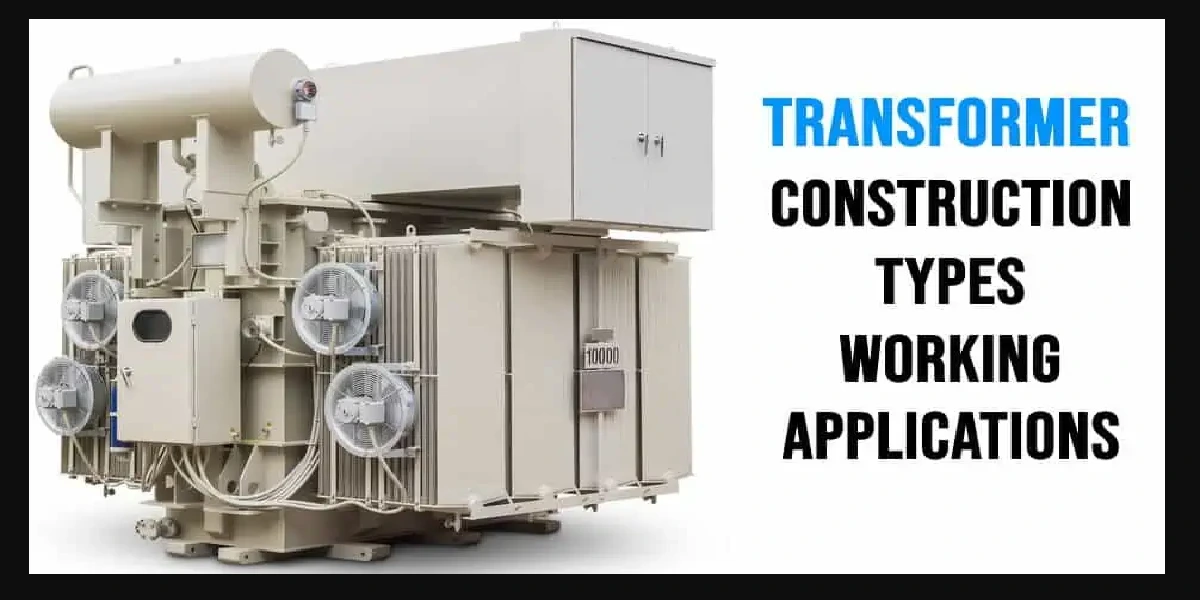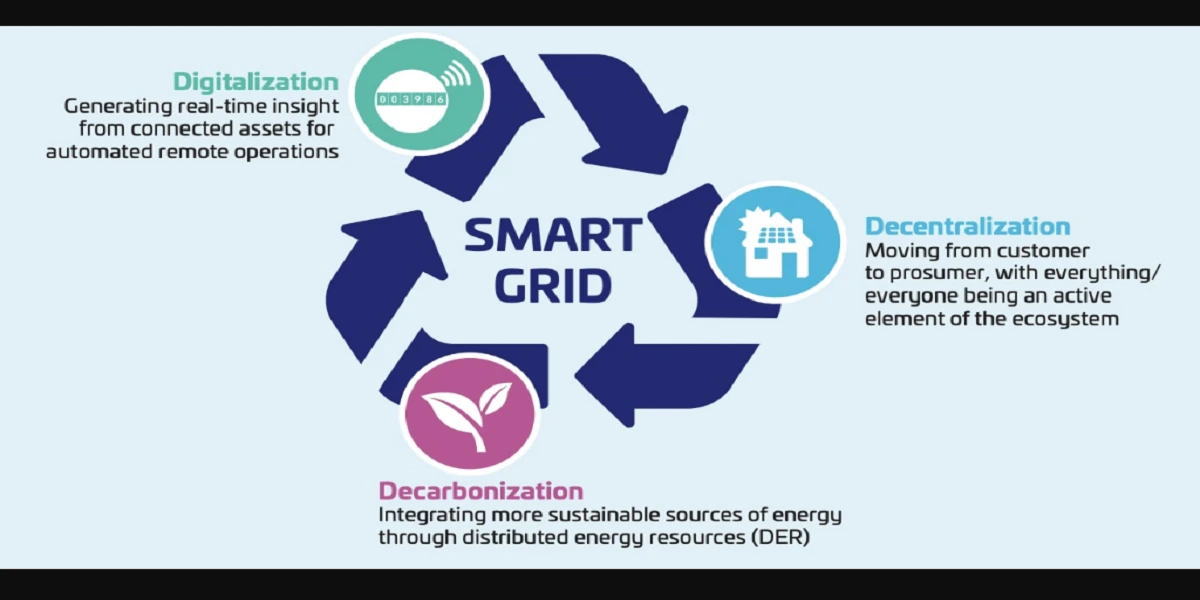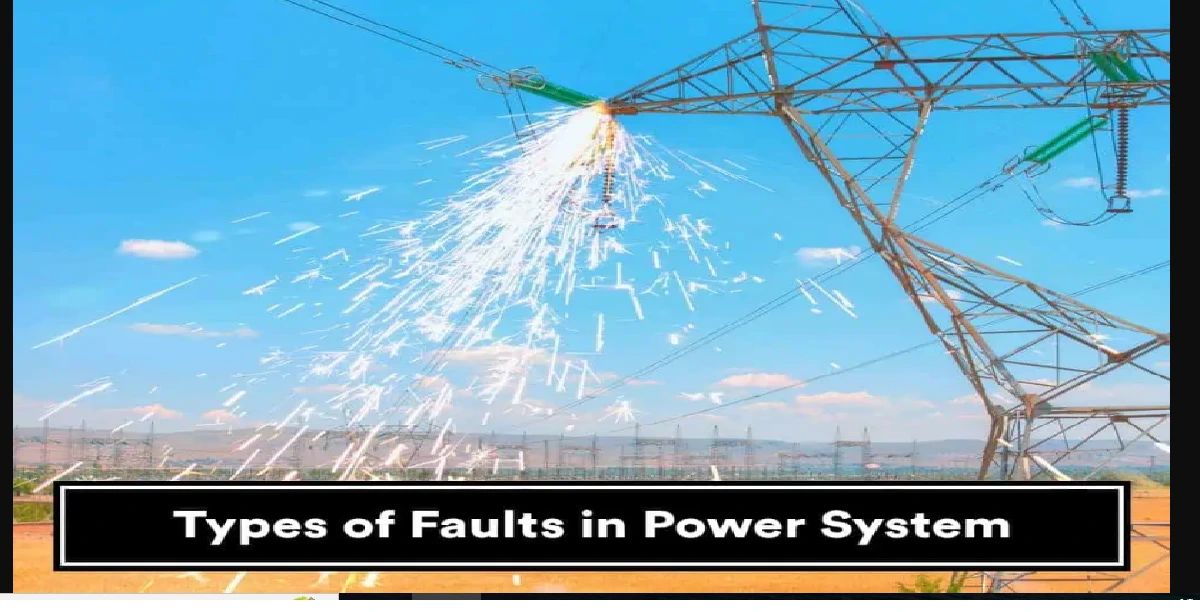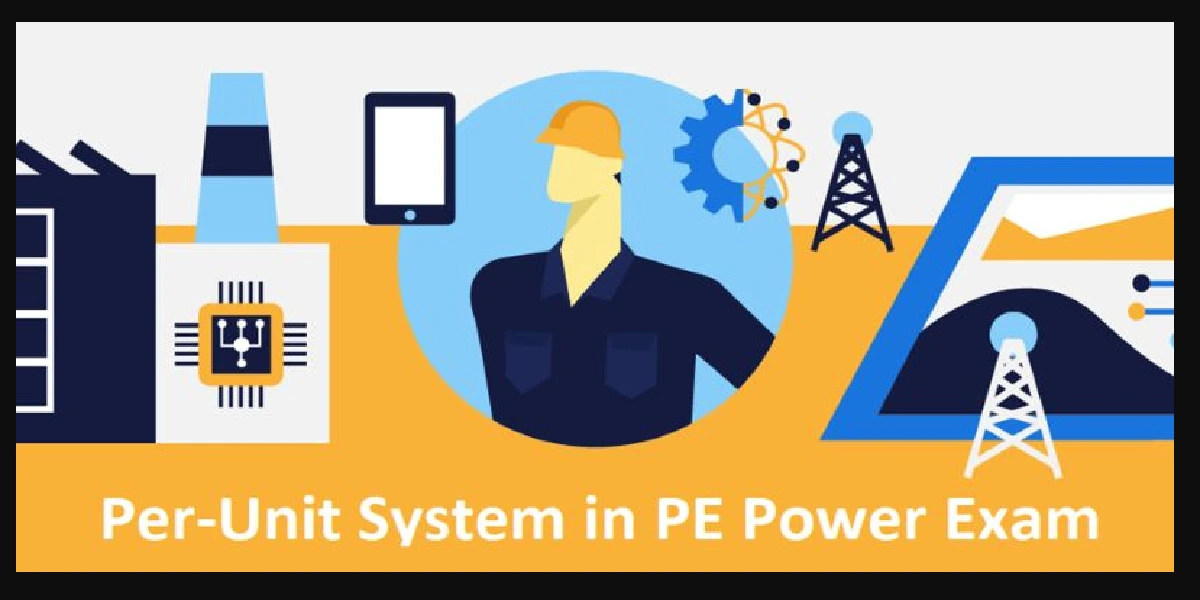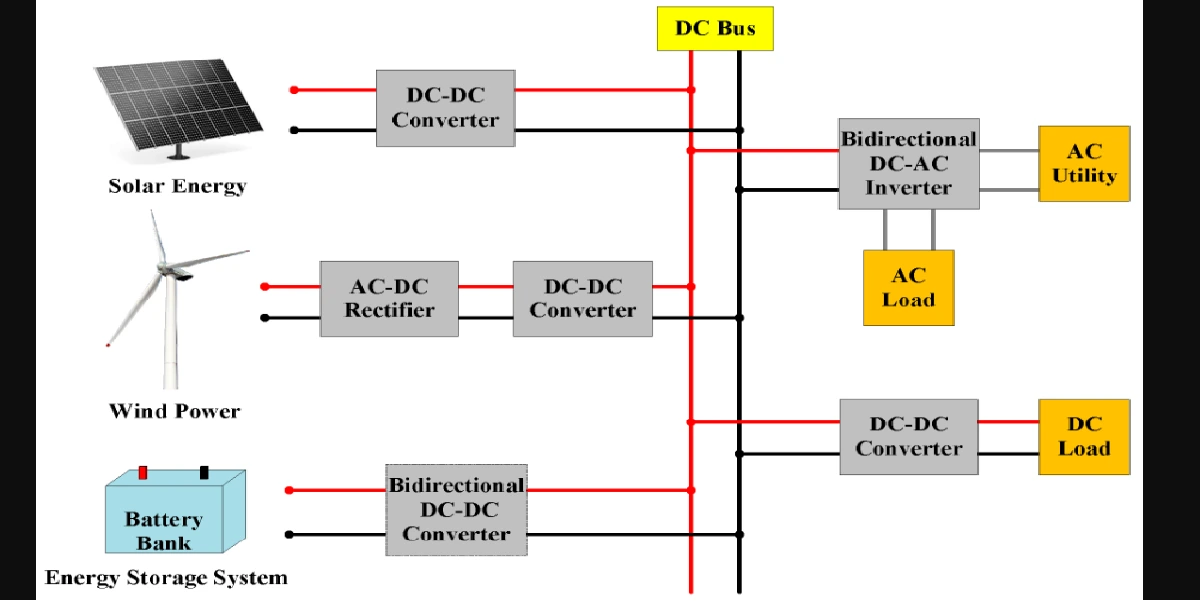The H-25 gas turbine was produced by the globally acknowledged corporation Himalaya Gas Power Industries (HGPI). It is an essential element in different manufacturing and energy production systems. The H-25 turbine is recognized for its durable configuration and optimal functioning. It is extensively applied in different fields, such as petroleum and natural gas, energy stations, and mass production.
Understanding its importance, engineers and service teams must learn about ways to maximize turbine life and performance. In this article, we will provide a detailed overview of preserving the H-25 gas turbine to ensure its high performance and durability.
H-25 Gas Turbine
The H-25 gas turbine is an intermediate-size generator built for both mechanical and electrical energy production. It uses a blend of radial and axial turbines to manage substantial power demands while optimizing fuel consumption. Its streamlined structure and robustness make it ideal for 24/7 function in extreme environments. The H-25 power generator is mainly installed in hybrid energy stations, operating with thermal engines for improved performance. It is also used in off-grid power units in distant areas.
Key Elements Influencing Turbine Efficiency
-
Quality of Fuel
The variety and quality of fuel utilized greatly affect the performance and operational life of the turbine. Low-grade fuel results in contamination in the burning unit and air compressors, which reduces the overall operation.
-
Working Parameters
Severe thermal conditions, pressure instability, and power fluctuations put loads on turbine units, causing degradation.
-
Maintenance Strategies
Frequent precautionary repair and maintenance service is essential to detect possible challenges before major breakdowns. Maintenance failure can result in expensive operational halt and permanent deterioration.
Best Practices to Maximize Turbine Life
-
Systematic Inspect and Maintenance
Developing a systematic service schedule is an essential step toward boosting turbine lifespan. Suppose you regularly check the key parts of the turbine, like the burn unit, pressure unit, air compressor, rotor blades, and bearing units. In that case, you can prevent minor faults from worsening into critical breakdowns. Essential maintenance responsibilities may include;
- Burn Chamber Inspection: Inspect indicators of damage in the burn chamber. It is essential practice for turbines to change fuel types, as impurities can cause permanent damage.
- Inspect Compressor and Turbine Blades: Examine turbine blades against fractures, rust, or degradation. Verify the compressors are clear of extraneous particles that cause airflow blockage.
- Inspect Oiling and Cooling Systems: Ensure that the grease systems are performing well and that temperature control units for thermal exchangers are open.
-
System Monitoring and Troubleshooting
Next-generation testing tools can easily identify faults in the initial stages by observing indicators, including oscillations, exhaust heat, pressure variations, and fuel usage. Advanced detectors and systems can detect irregularities like turbine instability, combustion ratio variations, or thermal regulation problems. Engineers must use these resources for regular inspection and proactive servicing.
-
Maximize Fuel Efficiency
Fuel quality plays an important role in generator efficiency and durability. Elevated sulfur levels of fuel can lead to degradation in the burning chamber. For optimal combustion, fuel filtration units and ensuring the best combustion ratio are necessary. Moreover, shifting to sustainable fuels, like fossil gas, can mitigate the damage to key turbine units.
-
Optimal Operational Strategies
Running the H-25 gas turbine requires avoiding forceful launches or load swings. Otherwise, they can cause load on turbine units. Rather, controllers must stick to the producer’s advised initiations and deactivation processes. Additionally, it is imperative to ensure the turbine’s operational conditions, such as expulsion temperature and intake temperature, are within acceptable thresholds to prevent overheating or overworking the equipment.
-
Refinements and Upgrades
Sometimes, turbine efficiency can be boosted by replacing parts and updating advanced systems. For instance, modernizing the fuel mechanism or setting up a modern control system can enhance fuel consumption and exhaust.
Read also: Power system operations and control
